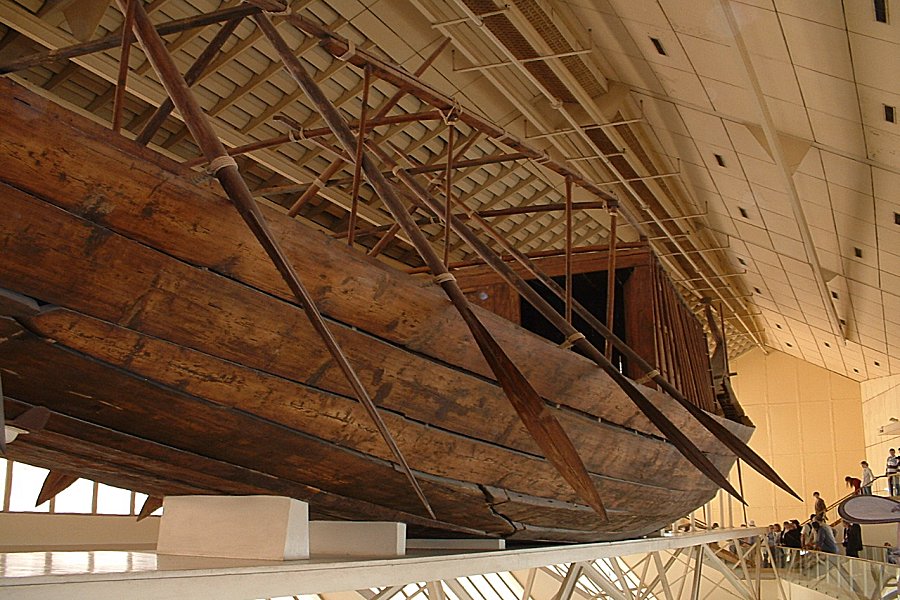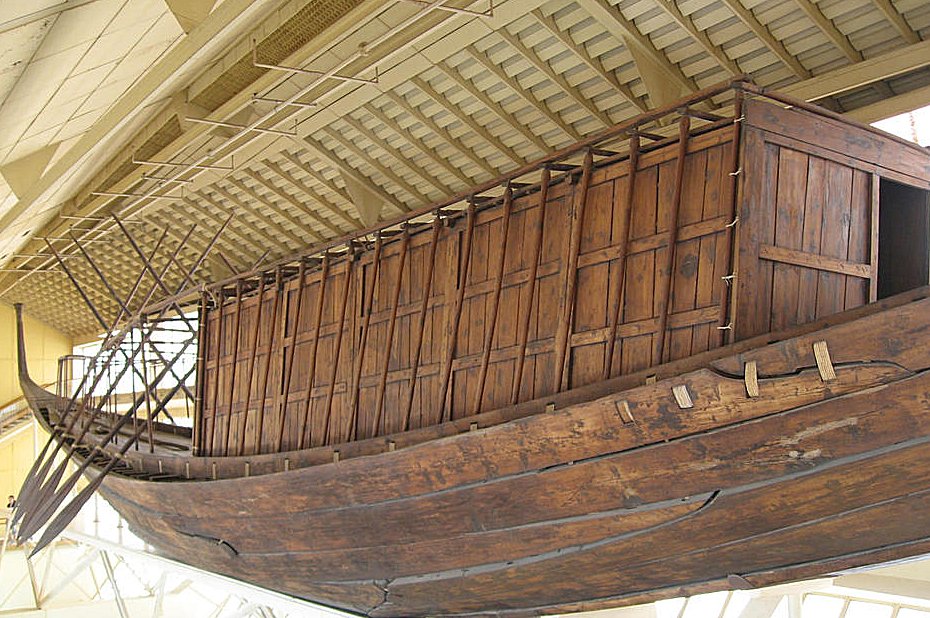Khufu Boat And Unique Boat-Building Technique Of Ancient Egyptians
A. Sutherland - AncientPages.com - More than sixty years ago, two ancient wooden boats were discovered in separate carved stone pits next to Giza's Great Pyramid in Egypt.
Until now, it is still debated over whether these boats were symbolic solar barks for the king to use in his afterlife or funeral boats used to transport Khufu’s funerary equipment to his pyramid.
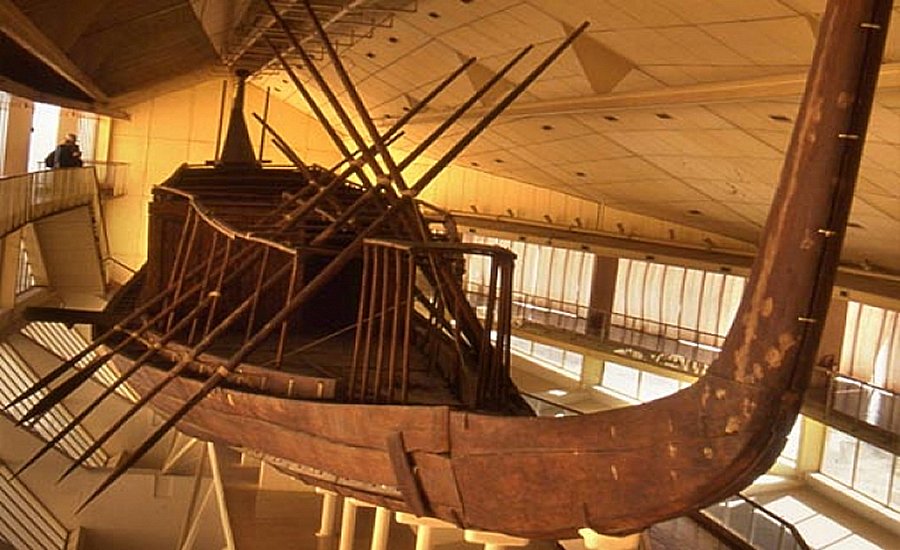
Over the years, the pharaoh’s boat was variously called as the "Khufu Boat", the "Solar Barque" or simply the Pharaoh Ship
According to some Egyptologists, the ship was a Solar Barque, a boat to carry the dead king of Egypt, resurrected and floating with the Sun-god on his eternal journey across the sky. Others proposed that it was a pilgrimage boat used by Khufu during his lifetime. In fact, archaeologists who investigated the boat's remains found evidence of rope markings clearly showing that the boat had been used in the water.
Additionally, the boat did not fit into the pit whole but had to be dismantled, which means that the stone pit was not constructed specifically for the boat.

The boat did not fit into the pit whole, but had to be dismantled first, which means that the stone pit was not constructed specifically for the boat. Image source
It seems that the Khufu Boat had nothing to do with religious use; no ritual objects or inscriptions were discovered in the pit. The dismantled boat was entombed about 2500 BC.
Over the years, the pharaoh’s boat was variously called the "Khufu Boat," the "Solar Barque," or simply the Pharaoh Ship."
Experts say it is the largest ancient royal vessel ever found in Egypt and one of the oldest planked vessels in the world. It was built for Khufu (Cheops), the second pharaoh of the Fourth Dynasty of Egypt's Old Kingdom, who was the ruler of Upper and Lower Egypt around the middle of the third millennium BC.
The earliest representations of Egyptian Nile vessels were only very simple images that date back to 4500 BC.
An important and sensational discovery came in 1991.
Researchers led by David O’Connor, then assistant curator of Egyptology at the museum of the University of Pennsylvania, discovered in the ancient city of Abydos twelve parallel burials of fifty-to sixty-foot boats dating to Dynasty I or II, that is roughly one thousand years before the Khufu Boat.
The team unearthed one of the boats, which gave evidence of an ancient Egyptian boat-building.
Interestingly, "the Abydos boats were likely used rather than built only as funerary vehicles…. They were also “sewn” like the construction of the thousand-year-later Khufu Boat…” (Gordon S. A History of the World in Sixteen Shipwrecks).
Returning to the Khufu Boat, we learn that after 13 years of painstaking reconstruction works, as many as 1224 pieces of the ship were assembled together. The boat, built of cedar trees from the mountains of Lebanon, is forty-five meters long from stem to stern and 5.9 m (19.5 ft) wide.
As a part of grave goods intended for use in the afterlife, the Khufu Boat contained no bodies, unlike northern European ship burials, for example, those of the Vikings. The Viking chiefs who held high status were given ship burial and were either burned or buried along with their ship.
Ancient Egyptians had a long boat-building tradition, but they used different techniques than the Vikings, who nailed their ships together with iron nails. The Khufu Boat and other Egyptian boats were not nailed.
Along with the puzzle-piece joggling, its builders connected neighboring planks with mortise-and-tenon joints, a kind of peg-in-hole technique. They also lashed the hull planks together with rope made from a grass called halfa. They didn't wrap the rope around or through the hull planks, which might have promoted leaks. Rather, they worked it through thousands of V-shaped channels they laboriously carved into the inside faces of planks.
It was their unique, at least 4,500 -year-long technique to build a ship. They sewed the ship together.
Written by – A. Sutherland AncientPages.com Staff Writer
Copyright © AncientPages.com All rights reserved. This material may not be published, broadcast, rewritten or redistributed in whole or part without the express written permission of AncientPages.com
Expand for referencesGordon S. A History of the World in Sixteen Shipwrecks
More From Ancient Pages
-
 Vikings: Facts And History About The Tough Norse Seafaring People
Ancient History Facts | Mar 13, 2017
Vikings: Facts And History About The Tough Norse Seafaring People
Ancient History Facts | Mar 13, 2017 -
 Homo Longi: Extinct Human Species That May Replace Neanderthals As Our Closest Relatives
Evolution | Sep 14, 2023
Homo Longi: Extinct Human Species That May Replace Neanderthals As Our Closest Relatives
Evolution | Sep 14, 2023 -
 Extremely Rare Roman Glass Vase Adorned With A Message Found In France
Archaeology | Nov 18, 2020
Extremely Rare Roman Glass Vase Adorned With A Message Found In France
Archaeology | Nov 18, 2020 -
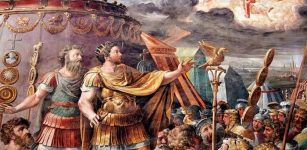 How The Strange Dream Of Roman Emperor Constantine Changed History
Ancient History Facts | Sep 29, 2017
How The Strange Dream Of Roman Emperor Constantine Changed History
Ancient History Facts | Sep 29, 2017 -
 Ruins Of Xunantunich – Mayan City That Once Flourished
Civilizations | Jan 12, 2022
Ruins Of Xunantunich – Mayan City That Once Flourished
Civilizations | Jan 12, 2022 -
 Ancient Entrance Gate Found In Biblical City Of Bethsaida (Zer) Where Jesus Performed His Deeds Of Power
Archaeology | Jul 11, 2018
Ancient Entrance Gate Found In Biblical City Of Bethsaida (Zer) Where Jesus Performed His Deeds Of Power
Archaeology | Jul 11, 2018 -
 Famed Makishi Dancers And Likumbi Lya Mize Ceremony In Zambia – Much More Than Just A Festival
Ancient Traditions And Customs | Aug 6, 2019
Famed Makishi Dancers And Likumbi Lya Mize Ceremony In Zambia – Much More Than Just A Festival
Ancient Traditions And Customs | Aug 6, 2019 -
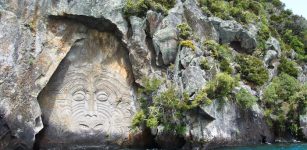 Ancestral Māori Adapted Quickly In The Face Of Rapid Climate Change – New Study Shows
Archaeology | Nov 10, 2022
Ancestral Māori Adapted Quickly In The Face Of Rapid Climate Change – New Study Shows
Archaeology | Nov 10, 2022 -
 Creepy Story Of Lucida Mansi Who Was Obsessed With Her Beauty
Featured Stories | Jul 31, 2019
Creepy Story Of Lucida Mansi Who Was Obsessed With Her Beauty
Featured Stories | Jul 31, 2019 -
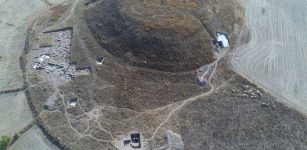 Mysterious Ancient Circular Structure Discovered In Turkey – Has Zippalanda, The Lost City Of The Hittites Been Found?
Archaeology | Dec 27, 2022
Mysterious Ancient Circular Structure Discovered In Turkey – Has Zippalanda, The Lost City Of The Hittites Been Found?
Archaeology | Dec 27, 2022 -
 Ancient Secrets Of Sacred Towers And Stone Circles In Colorado Where Spirits Of Native Americans Still Live
Civilizations | Mar 19, 2017
Ancient Secrets Of Sacred Towers And Stone Circles In Colorado Where Spirits Of Native Americans Still Live
Civilizations | Mar 19, 2017 -
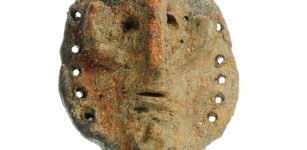 Unique Ancient Figurine Puzzles Scientists – Was She An Unknown Pre-Historic Water Goddess?
Archaeology | Jul 21, 2022
Unique Ancient Figurine Puzzles Scientists – Was She An Unknown Pre-Historic Water Goddess?
Archaeology | Jul 21, 2022 -
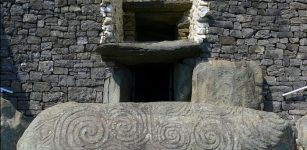 Incest In The Elite Of Neolithic Ireland – Incredible Findings
Archaeology | Jun 24, 2020
Incest In The Elite Of Neolithic Ireland – Incredible Findings
Archaeology | Jun 24, 2020 -
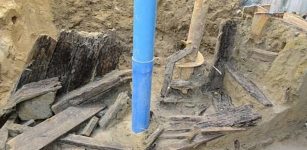 Archaeologists Discover A Secret Escape Tunnel In Copenhagen, Denmark
Archaeology | May 5, 2020
Archaeologists Discover A Secret Escape Tunnel In Copenhagen, Denmark
Archaeology | May 5, 2020 -
 Could Doggerland Be Europe’s True ‘North Atlantis’ Of Stone Age?
Featured Stories | Nov 19, 2018
Could Doggerland Be Europe’s True ‘North Atlantis’ Of Stone Age?
Featured Stories | Nov 19, 2018 -
 2,000-Year-Old Huge Terracotta Jar Discovered In Turkey
Archaeology | Jan 2, 2018
2,000-Year-Old Huge Terracotta Jar Discovered In Turkey
Archaeology | Jan 2, 2018 -
 Rare 17th Century Wreck Of Dutch Fluit Ship Found In The Baltic Sea By Finnish Divers
News | Aug 25, 2020
Rare 17th Century Wreck Of Dutch Fluit Ship Found In The Baltic Sea By Finnish Divers
News | Aug 25, 2020 -
 Unraveling The Mystery Of The Phoenix Bird – Symbol Of The Sun And Eternal Rebirth Of Life
Egyptian Mythology | Nov 6, 2023
Unraveling The Mystery Of The Phoenix Bird – Symbol Of The Sun And Eternal Rebirth Of Life
Egyptian Mythology | Nov 6, 2023 -
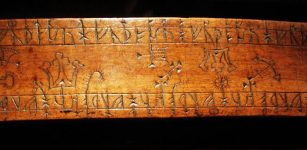 Vikings And The Runic Calendar
Artifacts | Mar 4, 2016
Vikings And The Runic Calendar
Artifacts | Mar 4, 2016 -
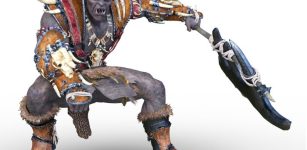 Fomorians In Irish Myths And Legends: Race Of Demonic Giants Who Inhabited Ireland And Scotland
Celtic Mythology | May 20, 2017
Fomorians In Irish Myths And Legends: Race Of Demonic Giants Who Inhabited Ireland And Scotland
Celtic Mythology | May 20, 2017

